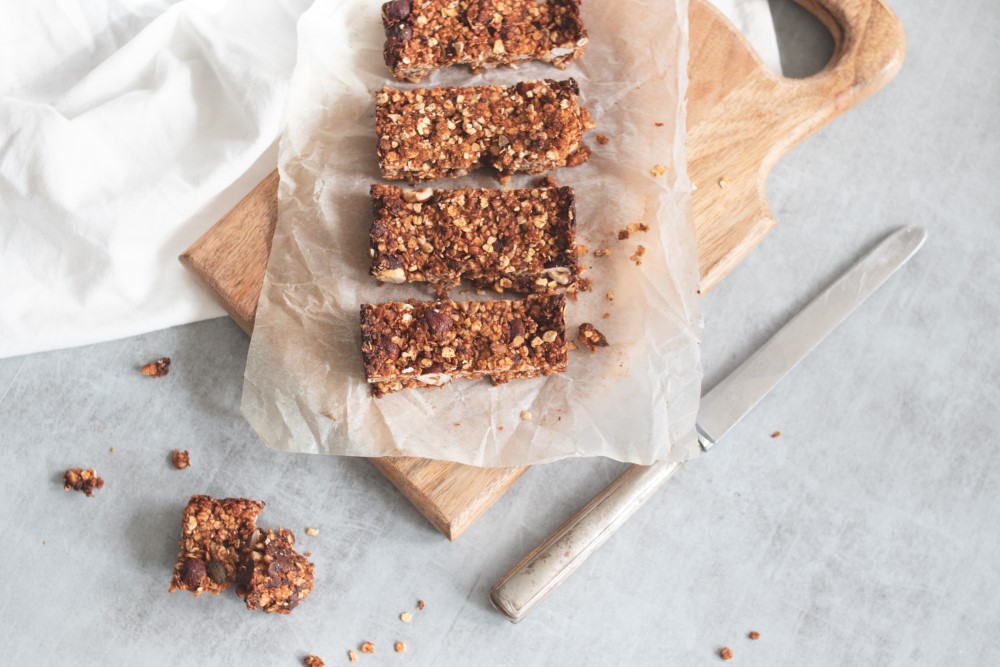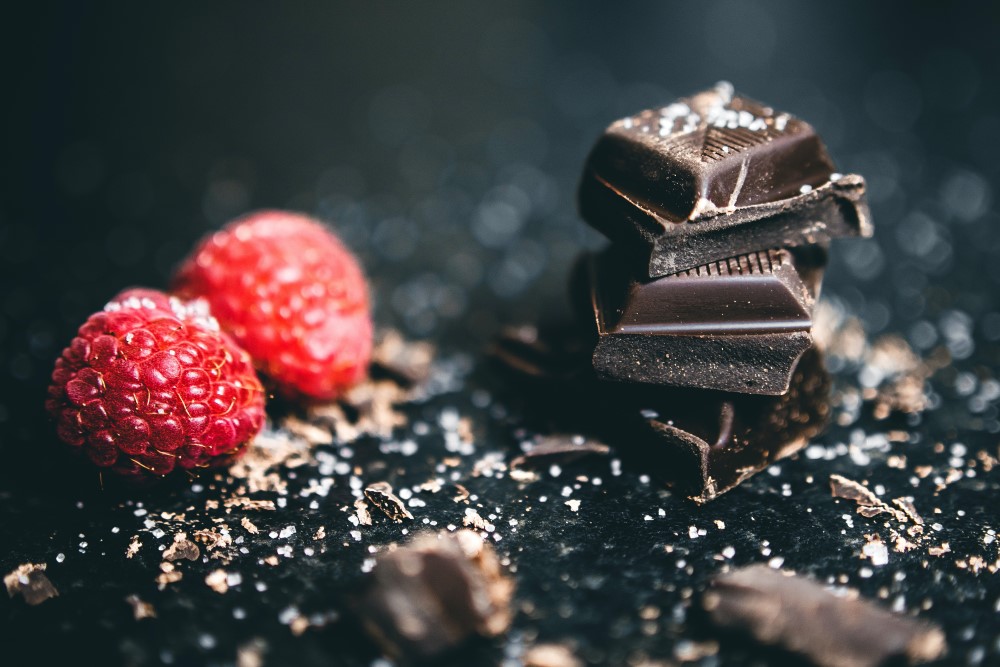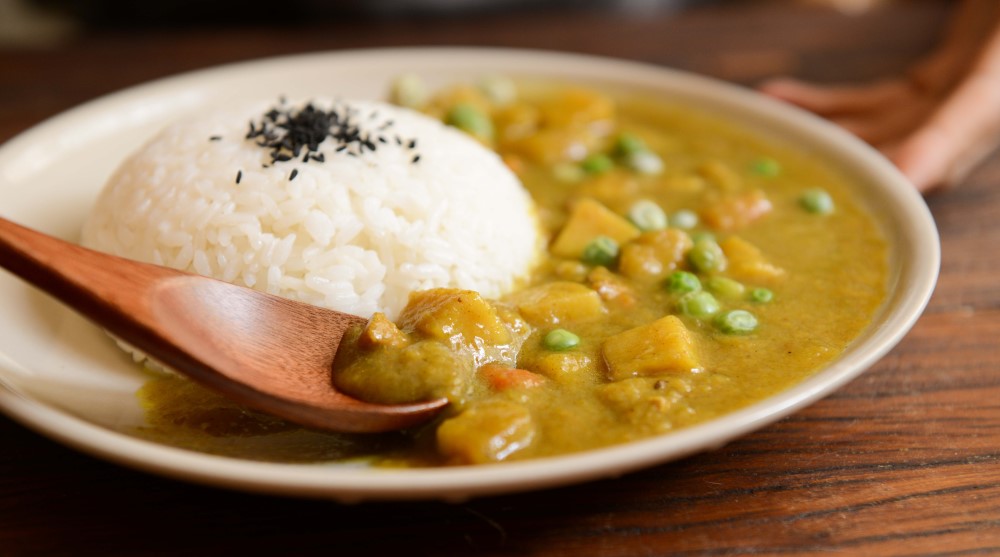
Credits to Mike
During pregnancy, it’s important to focus on a nutrient-dense diet to support both the mother’s health and the healthy development of the growing baby. Here are some of the best foods for pregnancy:
- Leafy Greens
Leafy greens like spinach, kale, and Swiss chard are packed with important nutrients like folate, iron, and calcium, which are important for both the mother’s health and the healthy development of the baby. - Eggs
Eggs are a nutrient-dense food that are rich in protein, iron, and choline, which is important for brain development. Additionally, eggs are a versatile food that can be incorporated into many meals and snacks. - Fatty Fish
Fatty fish like salmon, sardines, and trout are rich in omega-3 fatty acids, which are important for brain and eye development in the baby. Additionally, omega-3 fatty acids may help reduce the risk of preterm labor and postpartum depression in the mother. - Whole Grains
Whole grains like brown rice, quinoa, and whole wheat bread are rich in fiber, which can help support healthy digestion and may reduce the risk of gestational diabetes. Additionally, whole grains are a good source of important nutrients like iron, folate, and magnesium. - Berries
Berries like strawberries, blueberries, and raspberries are packed with important nutrients like vitamin C, fiber, and antioxidants. Additionally, berries are a low-sugar fruit that can be a good option for those with gestational diabetes. - Lean Meats
Lean meats like chicken, turkey, and beef are a good source of protein and important nutrients like iron and zinc, which are important for both the mother’s health and the healthy development of the baby. - Legumes
Legumes like lentils, beans, and chickpeas are a good source of protein and important nutrients like folate, iron, and fiber. Additionally, legumes can be a good option for vegetarians and vegans looking to get in enough protein during pregnancy. - Dairy
Dairy products like milk, yogurt, and cheese are a good source of calcium, which is important for healthy bone development in the baby. Additionally, dairy products are a good source of protein and important nutrients like vitamin D and vitamin B12. - Sweet Potatoes
Sweet potatoes are a good source of vitamin A, which is important for healthy eye development in the baby. Additionally, sweet potatoes are a good source of fiber and complex carbohydrates, which can help support healthy digestion and blood sugar levels during pregnancy. - Nuts and Seeds
Nuts and seeds like almonds, chia seeds, and flax seeds are a good source of healthy fats, protein, and important nutrients like vitamin E and magnesium. Additionally, nuts and seeds can be a convenient and portable snack for busy pregnant women. - Avocado
Avocado is a good source of healthy fats and important nutrients like folate, vitamin C, and potassium. Additionally, avocados can be a versatile food that can be incorporated into many meals and snacks during pregnancy. - Dark Chocolate
Dark chocolate is a good source of antioxidants and may have benefits for heart health during pregnancy. Additionally, dark chocolate can be a satisfying and indulgent treat for pregnant women. - Fermented Foods
Fermented foods like yogurt, sauerkraut, and kefir are a good source of probiotics, which can help support healthy gut bacteria during pregnancy. Additionally, fermented foods may help reduce the risk of gestational diabetes and preeclampsia. - Citrus Fruits
Citrus fruits like oranges, grapefruits, and lemons are a good source of vitamin C, which is important for healthy immune function and iron absorption during pregnancy. Additionally, citrus fruits can be a refreshing and hydrating snack for pregnant women. - Water
While not technically a food, water is an essential nutrient during pregnancy. Staying hydrated can help support healthy digestion, prevent constipation, and reduce the risk of preterm labor. Additionally, staying hydrated can help prevent headaches and fatigue during pregnancy. - Broccoli
Broccoli is a good source of important nutrients like vitamin C, vitamin K, and folate. Additionally, broccoli is a good source of fiber and can help support healthy digestion during pregnancy. - Chia Seeds
Chia seeds are a good source of healthy fats, protein, and important nutrients like calcium and iron. Additionally, chia seeds can help support healthy digestion and reduce inflammation during pregnancy. - Turmeric
Turmeric is a spice that is rich in antioxidants and may have anti-inflammatory properties. Additionally, turmeric may help reduce the risk of gestational diabetes and preeclampsia during pregnancy. - Coconut Water
Coconut water is a natural source of electrolytes and can help support healthy hydration during pregnancy. Additionally, coconut water is low in sugar and can be a good alternative to sugary sports drinks. - Ginger Tea
Ginger tea is a natural remedy for nausea and can help alleviate morning sickness during pregnancy. Additionally, ginger tea may help reduce inflammation and support healthy digestion during pregnancy. - Brussels Sprouts
Brussels sprouts are a good source of important nutrients like vitamin C, vitamin K, and folate. Additionally, Brussels sprouts are a good source of fiber and can help support healthy digestion during pregnancy. - Black Beans
Black beans are a good source of protein, fiber, and important nutrients like folate and iron. Additionally, black beans can help support healthy digestion and reduce the risk of gestational diabetes during pregnancy. - Pomegranate Juice
Pomegranate juice is a good source of antioxidants and may have benefits for heart health during pregnancy. Additionally, pomegranate juice may help reduce inflammation and support healthy digestion during pregnancy.
The foods that a pregnant woman eats can have a direct impact on the health and development of the growing baby. Nutrients from the mother’s diet are passed through the placenta to the baby, and a well-balanced diet can help ensure that the baby is getting all of the important nutrients it needs to grow and develop.
Incorporating a variety of nutrient-dense foods into a well-balanced diet during pregnancy can help support both the mother’s health and the healthy development of the baby. Additionally, focusing on whole foods and avoiding processed and high-sugar foods can help ensure that both the mother and baby are getting all of the important nutrients they need during pregnancy.






